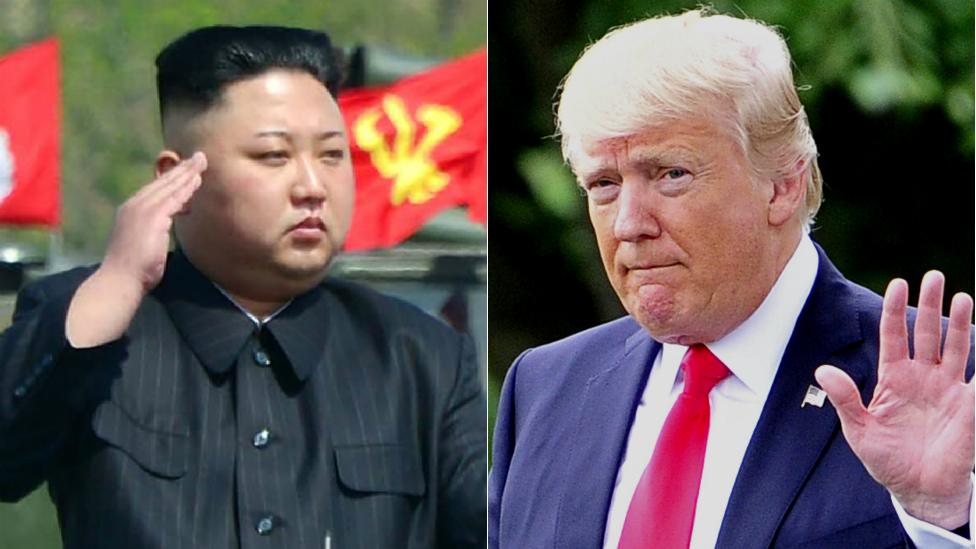What damage could North Korea do even without nuclear weapons?
- Published
North Korea's recent missile tests have escalated tensions in the region
North Korea is an isolated, impoverished but highly militarised state. Its leadership has one essential goal - survival. That is why they have placed huge resources in their nuclear and missile programmes as the ultimate insurance policy for the regime.
Any use of its nuclear capability would be catastrophic - especially so for North Korea itself. The regime would not survive the ensuing conflict.
But this awful prospect is not necessarily the immediate worry. It is the threat of the escalating war of words between Washington and Pyongyang moving from rhetoric to reality.
North Korea is a country that has episodically resorted to the use of force in the past and could do so again. In March 2010 it is believed to have sunk a small South Korean warship. In the same year its artillery shelled a South Korean island and if this current crisis does go hot, it is likely to be South Korea that is on the receiving end of the North's anger.
North Korea's military has the numerical advantage over the South and is deployed close to the Demilitarised Zone (DMZ) marking the boundary between the two Koreas. It is frequently suggested that North Korean artillery and rocket forces (its strongest card) could level the South Korean capital Seoul within hours of the outbreak of a conflict.
This is not actually so. Seoul is some 40km (24 miles) from the DMZ and can only be reached by the North's longest range artillery pieces. Their firing would betray their positions - many of them are not very mobile - and this would leave them vulnerable to attack by the South.
South Korea has by far the qualitative edge and it is of course backed up by the extensive strike power of the US military. Any reprise of the Korean War of the 1950s - the movement of the North's forces southwards - would create huge numbers of civilian casualties (indeed among them would be many Chinese students and businesspeople resident in Seoul) but would inevitably end in a catastrophe for the North Korean regime.
"You can feel the ground shake": A rare live report from a N Korean military parade
Such a Korean War Mark II is hopefully unlikely. But the danger is that the North might seek to use its military forces for provocations or other steps that might precipitate a more generalised conflict.
Quite apart from the reach of its artillery and rocket forces, the North has an extensive chemical arsenal. It may also have biological weapons. It has large numbers of highly trained special forces and other units designed to infiltrate the South. And it has developed a cyber attack capability as well.
So it has many means by which it might seek to take military action. But any attack against the US or its allies in the current context risks a more generalised war. And assuming that the Pyongyang regime is not suicidal - and despite many of the rhetorical claims to the contrary, this is not an irrational regime - then the North Korean leadership must be aware of the risks they run.
From the North Korean perspective, having a nuclear weapon and an intercontinental missile capability to hold at risk the territory of the continental United States is entirely rational. The demise of the dictatorships in Iraq and Libya, the North Koreans would argue, was in large part because they did not have recourse to the ultimate weapon.
Risking an all-out war with the United States though that could only end in the regime's demise makes no sense. Any war on the Korean peninsula would play to Washington's advantages. North Korean forces would be channelled southwards into limited avenues of advance due to the topography and the Pentagon could employ the classic concepts of its air-land battle to defeat them.
Such a war though is unthinkable. It is in neither side's interests. The risk now is entirely of mistake, miscalculation and actions taken on the basis of clumsy and confused rhetorical signals. The North Koreans usually broadcast at full volume. The US now needs to be cautious about the tone of its own messaging.
- Published1 May 2017

- Published8 August 2017

- Published10 August 2017
- Published4 July 2017
- Published4 July 2017
